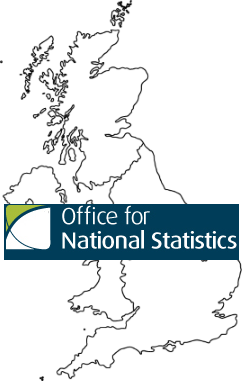Latest migration statistics report estimates net migration was +270,000 in year ending December 2019
The Office for National Statistics (ONS) today published its latest migration statistics quarterly report.
 It covers the year ending December 2019 and you can read it online here.
It covers the year ending December 2019 and you can read it online here.
Net migration in the year ending December 2019 was estimated by the ONS to be +270,000, with 677,000 immigrating to the UK and 407,000 people emigrating.
While the overall net migration figure has remained broadly stable since 2016, the ONS notes that the balance between EU and non-EU migration has changed. Non-EU net migration was estimated at 282,000, the highest level since this information was first collected. EU net migration fell to its lowest level since 2004 to reach 49,000.
The key points from the report are as follows:
• EU net migration has fallen since 2016, although more EU citizens still arrive long-term than leave.
• The change over this period has mostly been driven by a decrease in those coming to the UK as well as a gradual increase in the number of EU citizens leaving the UK.
• The number of EU citizens coming to the UK for work-related reasons has decreased to the lowest level since 2004, driving the overall fall in immigration for work since 2016.
• While the decrease was initially a result of fewer EU citizens coming to the UK looking for work, since 2018 there has also been a fall in the number of people arriving with a definite job.
• Non-EU net migration has gradually increased since 2013 and is now at the highest level since information by citizenship was first collected in 1975.
• This change has been driven by an increase in the number of non-EU citizens coming to the UK, which is also at the highest level we have seen; the number leaving the UK has remained broadly stable.
• Since 2013, all available data sources have shown gradual increases in the number of non-EU citizens coming to the UK for work-related reasons.
• From 2016, the increase has mainly been a result of a gradual rise in the number of non-EU citizens coming to the UK for formal study, driven by students from China and India; this is a trend reflected in all available data sources with sponsored study visa applications for universities at the highest level since records began in June 2011.
Meanwhile, the Refugee Council noted on Twitter that the Home Office today published its latest immigration statistics, which shows that there were 35,099 asylum applications in the year ending March 2020, 11% up on the previous year.